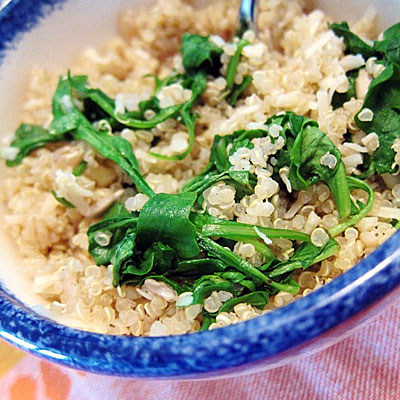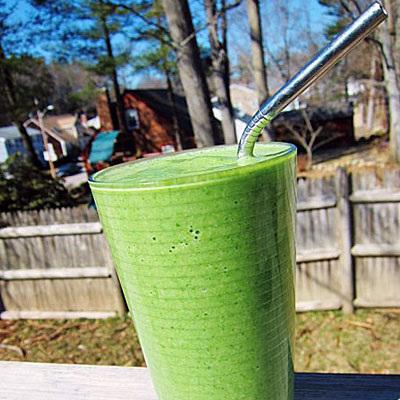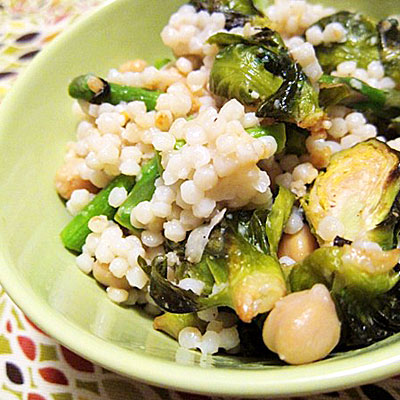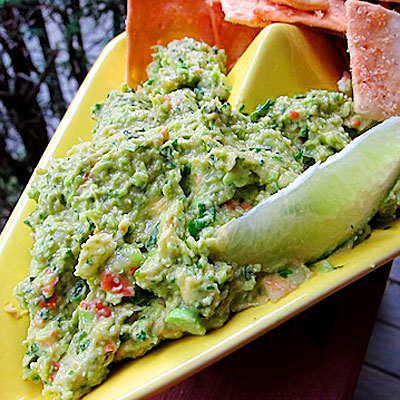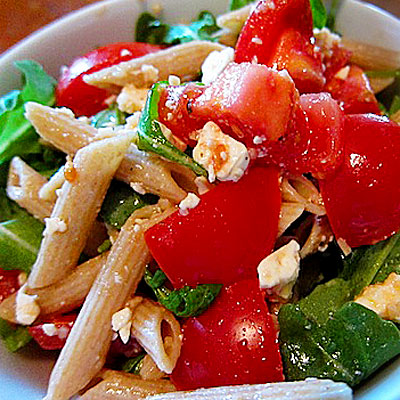
EAT YOUR LARGER MEALS EARLY AND SMALLER MEALS LATER: You will feel better and lose weight quicker if you eat a large breakfast and eat a smaller dinner. You may also want to eat the majority of your carbs earlier in the day, saving a salad and lean meat protein for dinner. Eating larger meals during the part of the day when you are most active will help you to feel satisfied throughout the day and curb cravings for unhealthy snacks.
CONSIDER EATING SALMON OR MACKREL FOR BREAKFAST: Yes this may seem odd, but it is one way to work in Omega-3 fatty acids that are good for you and add some variety to your daily diet. After a few months you may tire of eating eggs and bacon for breakfast. Substituting fish will give you the protein and healthy fish oils you need. You can try canned salmon or mackerel in croquettes for a healthier sausage substitute. Or you could simply eat cold leftover salmon the next morning with dill sauce.


USE LETTUCE LEAVES INSTEAD OF BREAD: This tip can seem a bit odd at first but if you try it you will probably grow to love it. Instead of eating breads and buns with your sandwiches and hamburgers, why not try leaves of lettuce? You can make a double cheeseburger with onions, pickles and tomato wrapped in a whole lettuce leaf. Or you can make tasty wrap sandwiches with lettuce instead of tortilla and bread. This will help increase your good carb and fiber intake while giving you more variety in your diet.
EAT A FRUIT DESSERT: Okay, we all want a little dessert sometime, but how do you have your dessert and your low-carb diet too? Why not try cheese with fruit slices or berries? Better yet, why not try cream with berries? You could even try sweet pineapples or strawberries with cottage cheese? Berries are sweet and high in fiber and nutrients and dairy products are high in protein. If your low-carb plan will allow it, this is a sweet and tasty alternative to more sugary desserts. An added benefit is that the protein in the dairy products and the fiber in the fresh fruit will make these desserts more filling.

GET YOUR FRUIT FRESH NOT SQUEEZED: Fruit juice can be very tempting as a replacement for soda, but just how healthy is fruit juice? If you read the labels you will soon realize that in many of the commercial juices available at your local grocery store there is very little actual fruit juice. What you will find is lots of sugar water and other ingredients. Why not skip the juice altogether and eat a fresh piece of fruit? Not only does fresh fruit contain less sugar than juice, fresh fruit has fiber that is good for you and will help you feel fuller longer.
GO EASY ON THE MEAL REPLACEMENTS: New meal replacement shakes and bars go on the market almost every day. These shakes and bars may claim to be healthy, but almost all of them, even the Zone Perfect bars, contain hydrogenated oil and sweeteners. So be careful. The bars especially may be only slightly healthier than a Snickers candy bar. Occasionally, they may not be that bad for you but as a rule you probably don’t want to indulge in a meal replacement shake or bar every day.
IF IT SOUNDS TOO GOOD TO BE TRUE IT PROBABLY IS: Low carb doughnuts and muffins? You can find these prepackaged low-carb labeled goods at your neighborhood grocery store and at many low-carb lifestyle specialty shops. That does not mean that you should make a habit out of eating them. While low-carb pastries may be tempting remember that they still contain all of the usual carbohydrate suspects: sugar or a sugar substitute and flour. They may be healthier than your typical muffin as an occasional treat, but remember to stick with the basics for continued low-carb success.
AT THE GROCERY STORE – SHOP THE OUTER AISLES: It will be easier to stick with your low-carb lifestyle if you learn the one common thread in all grocery store designs: the healthy foods are on the perimeter aisles. Think about it, when you go into the grocery all of the healthy stuff, fruits, vegetables, meats, and dairy products are arranged around the stores walls. You only rarely need to enter the center aisle areas in those few stores that stock butter and cheese in the center near the frozen foods. For the most part all of the foods that you need for your low carb diet can be found on the perimeter of the grocery store. Train yourself to start on one end of the outer aisle and work your way around. It will be much easier to avoid carb cravings and fill your basket with healthy items if you do so.
INVEST IN GOOD COOKBOOKS: Can’t figure out what to eat? Need some variety in your diet? Turn to a cookbook. Granted, not all recipes in a cookbook are low-carb fare, but you will be surprised at the number of low-carb and low-carb friendly recipes you can find in your standard Betty Crocker Cookbook. Cookbooks are great reference tools that often contain handy tips on purchasing cuts of meat and preparing meats, fruits and vegetables in new and exciting ways. Plus, new low-carb cookbooks are hitting the shelves all the time. So be sure to take advantage of these resources to try something new, different and delicious.
TAKE A GOOD MULTIVITAMIN: We can’t all do it right all of the time. Even the most conscientious food combiner may miss some healthy vitamins, minerals and trace elements in their diets. To help make sure you get everything that you need, consider taking a good multivitamin. Check with your doctor first for recommendations and you should be tested for anemia to see if you need a vitamin with iron. However, the longer you eat low-carb and the more red meat you eat, the less anemia will be a problem and you should be able to take vitamins with less iron.
Your success is totally up to you. Assuming that you are an otherwise healthy individual, your body will do its part. Just remember to adhere to the low-carb diet plan that is right for you and add some variety to your meals to help you stay faithful to your health and weight loss goals.
(tips from; www.helpingweightloss.org**)

